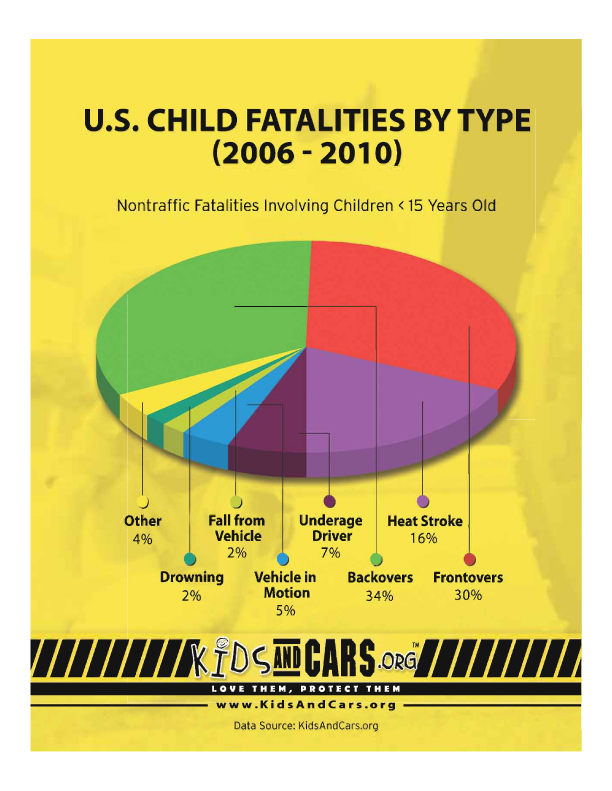Every summer, it is necessary to remind busy parents to never leave their child in a vehicle that is unattended, even for one minute to run into a store. In addition to child predators lurking, the temperature of cars increases very quickly. Childrens’ respiratory and circulatory systems do not adapt the same as an adult. Approximately 38 children die each year from heat stroke after being left in hot cars. The average number of child vehicular heat stroke deaths per year since 1998 are 37 – that’s one every 10 days!
Parents think that they or their child’s caregiver would never forget about that little one in the back seat, but it happens. Because of this hectic world, we sometimes have our minds on things that don’t amount to anything, rather than that little precious doll riding in the child carseat. It’s been suggested by experts to place a stuffed animal in the child seat when the child isn’t in the car, then move it to the front seat to remind you of your passenger in the car seat. Other suggestions are to place a briefcase or purse beside the child, to remind you when you reach for your purse or briefcase, you won’t forget the most important thing in the backseat- your child!
Because July tends to be the most deadly month for children to die in hot cars, it is our duty to tell you the symptoms of heatstroke. Warning signs vary, but may include: red, hot, and moist or dry skin, no sweating, a strong, rapid pulse, or a slow, weak pulse, throbbing headache, dizziness, nausea, confusion, or acting strangely. If you see a child alone in a car, call the police. If they are in distress due to heat, get them out as quickly as possible. Cool the child rapidly. Call 911 or your local emergency number immediately. Sometimes children become trapped in a parked vehicle in their own garage or driveway. Always lock the doors of your vehicle when you get home. It’s a lot easier for them to figure out how to get inside the car, than to get out of it. Inside temperatures can rise almost 20 degrees in a hot car within ten minutes.
Toddlers and children are also injured or killed by being backed over or run over from the front. At least 50 of these types of accidents occur in the United States annually. The predominant age of these victims is between 12 and 23 months. Sixty per cent are run over by a truck, SUV, or van. These are larger, longer, and higher vehicles, making it harder to see something so close to the ground. Of course, vehicles that have rear cameras offer some assistance in seeing a child. The sad fact is that the driver of these vehicles is usually a parent, relative, or close friend in seventy per cent of these tragedies.
Please do the same thing for your pets – don’t put a cat or dog in a car that you plan to leave, even for a few minutes. They love you unconditionally and deserve your consideration.
This chart from Kids and Cars.org depicts the causes of fatalities of children in cars. The oganization asks others to share this information with you in the hopes it will save lives.

Sources: KidsandCars.org
Keeping Kids Safe: Inside and Out